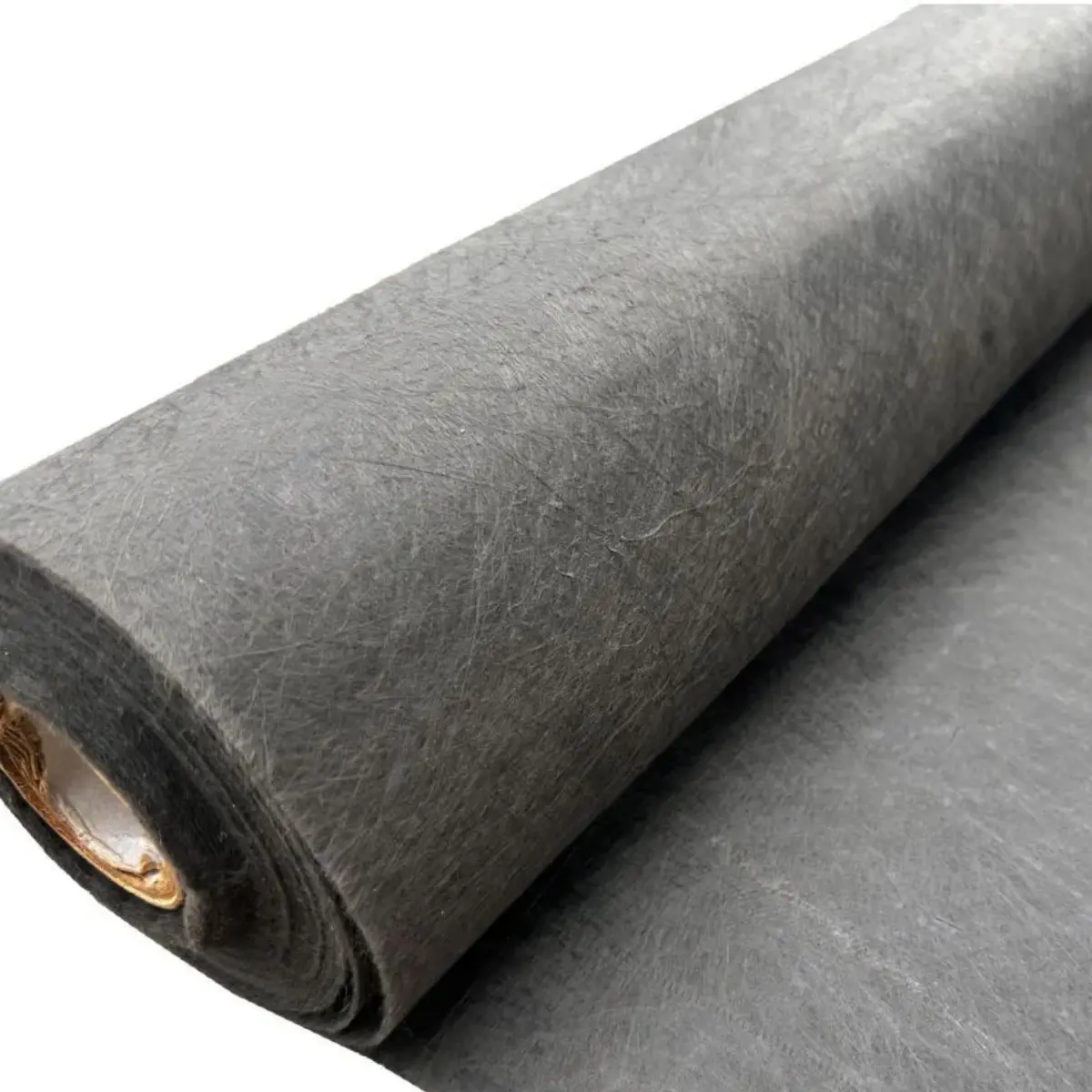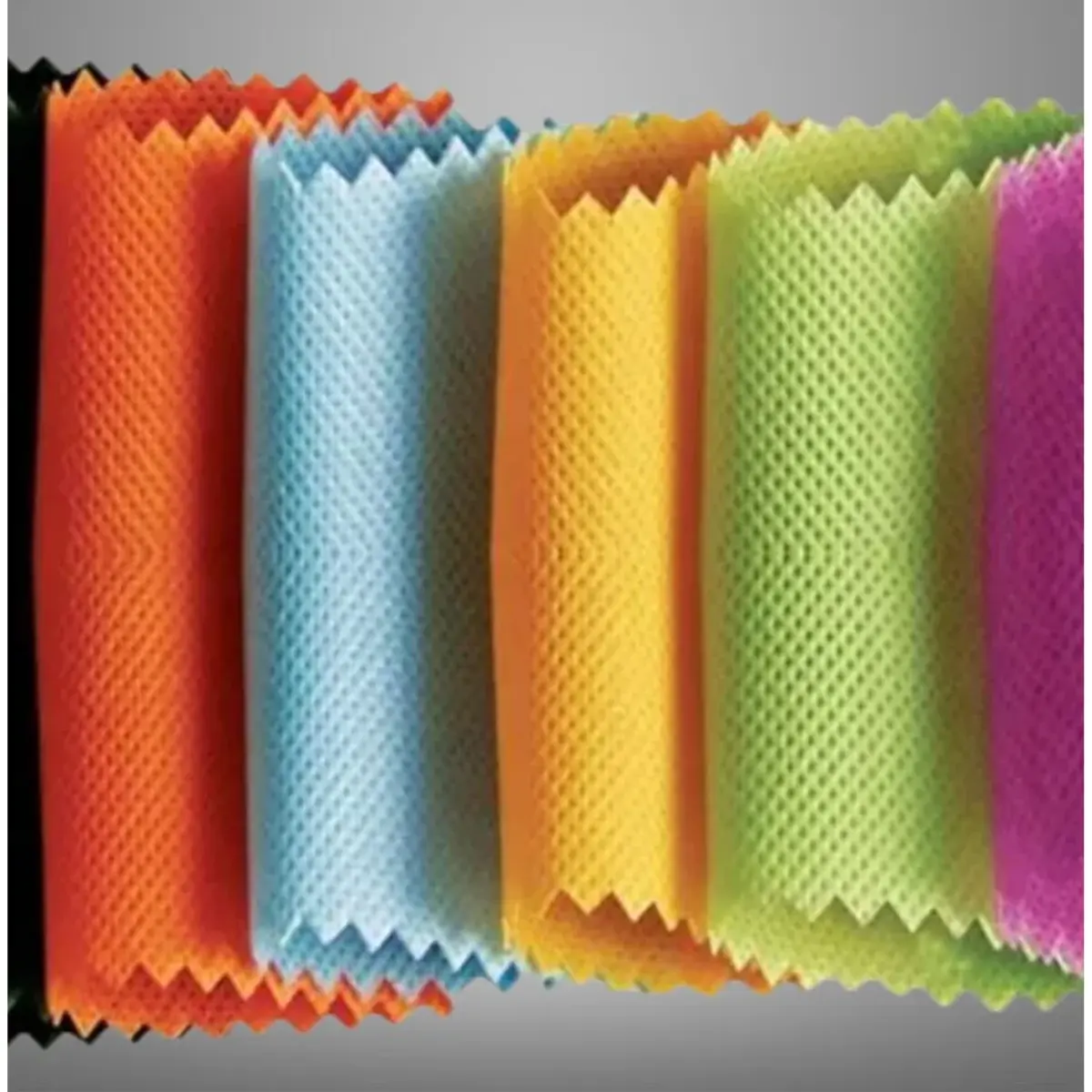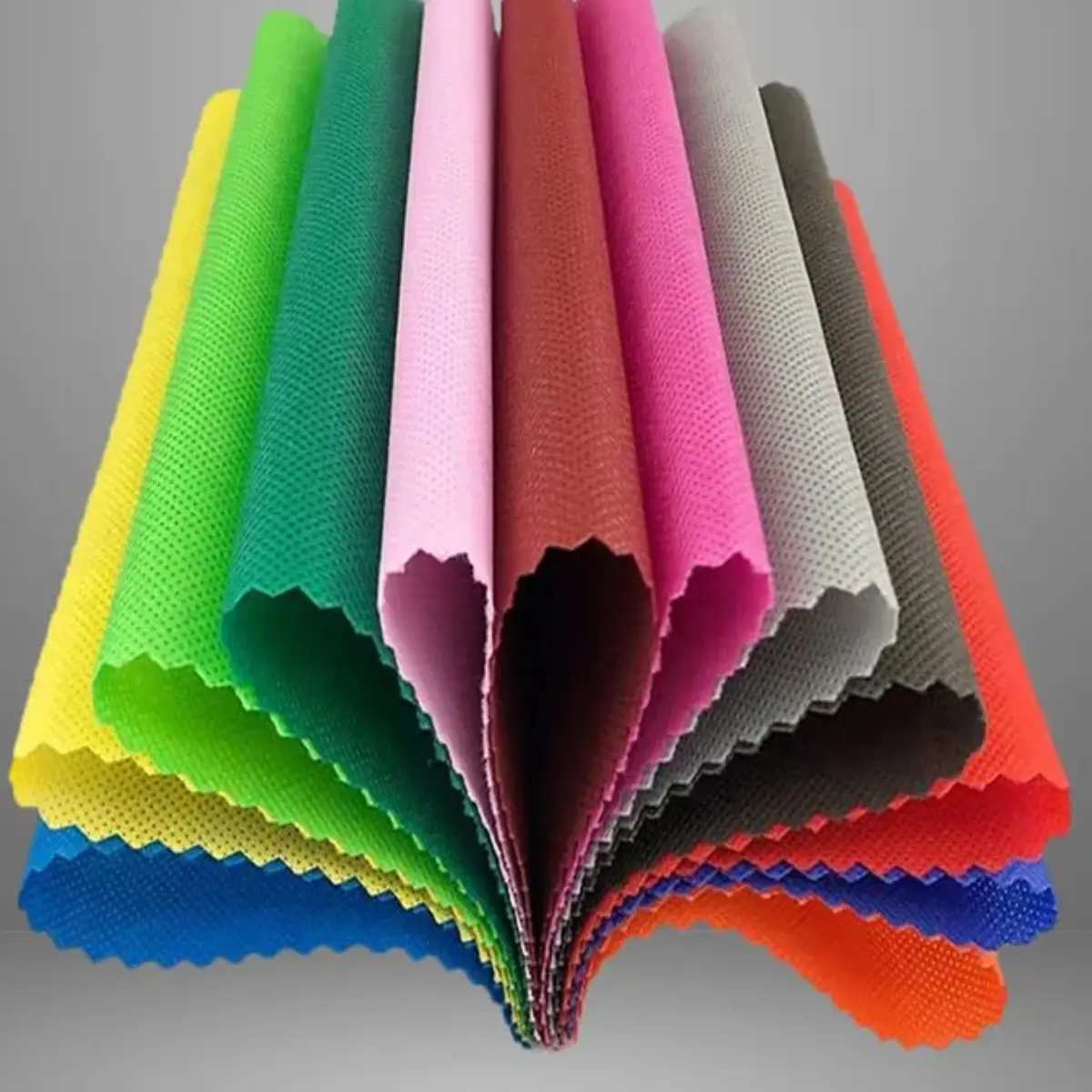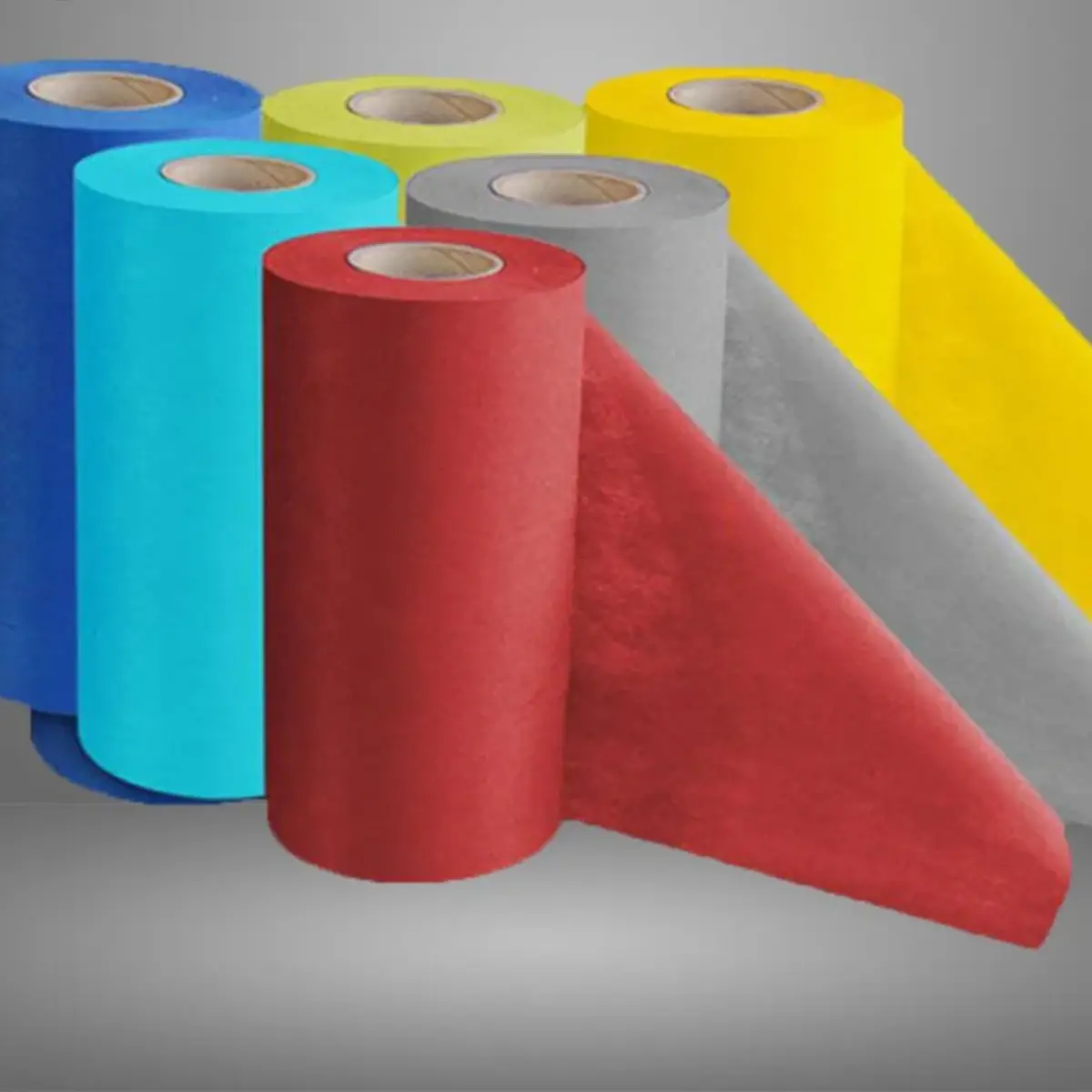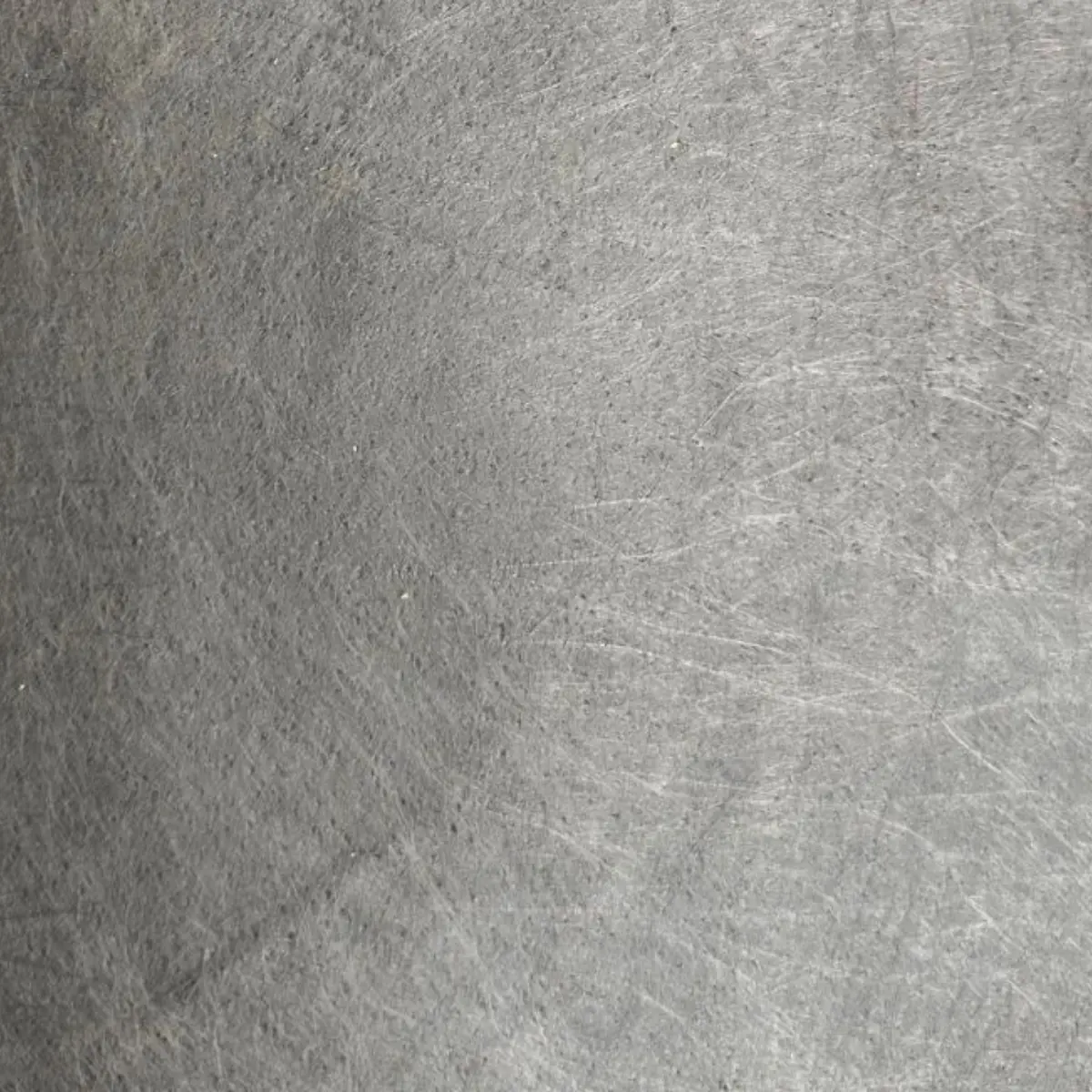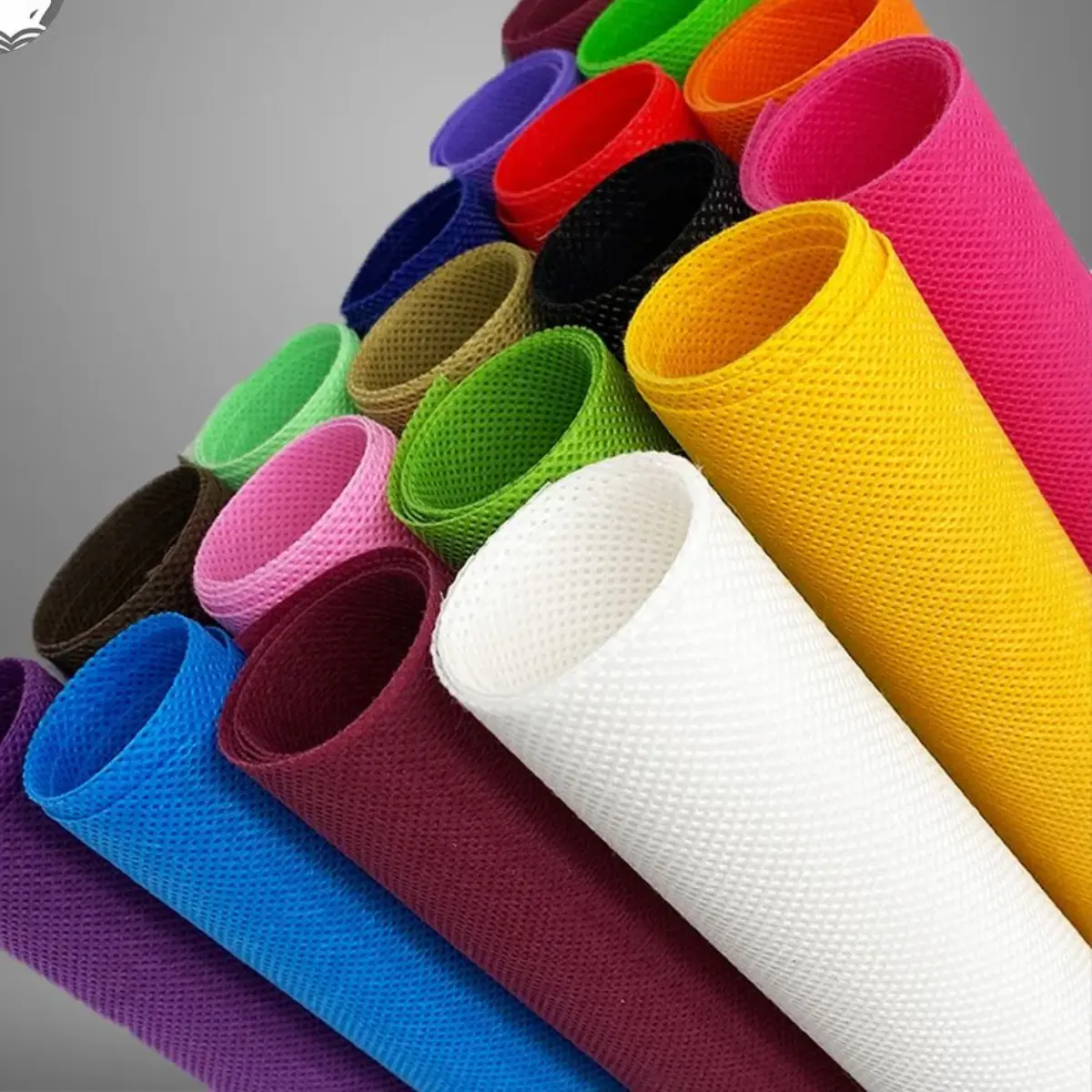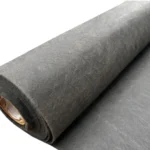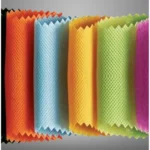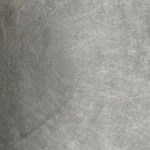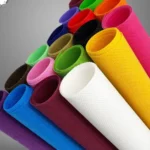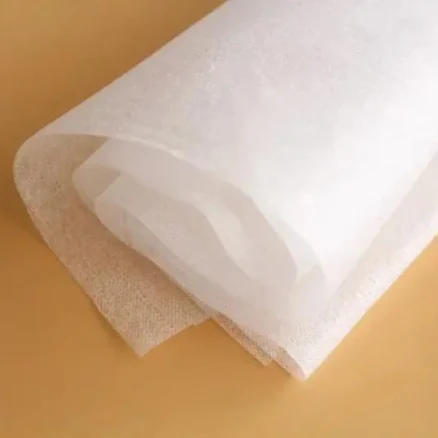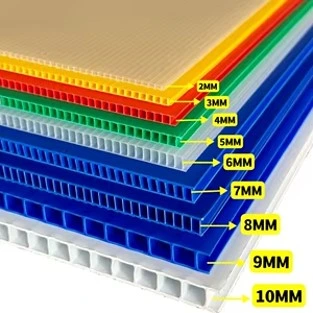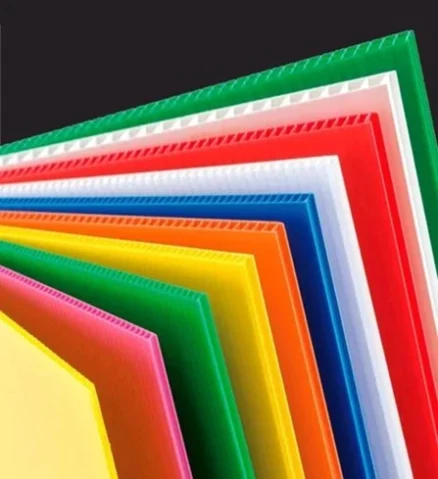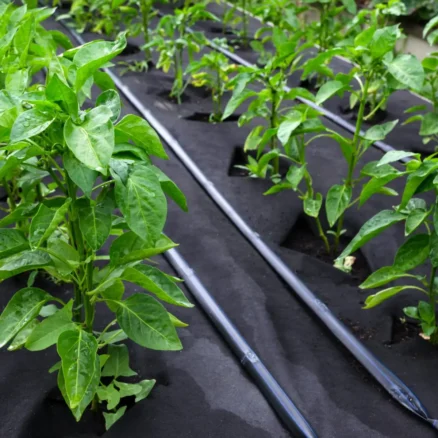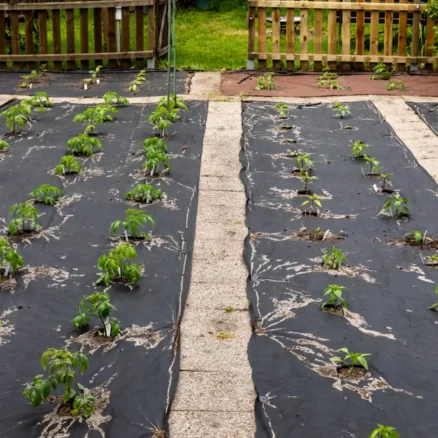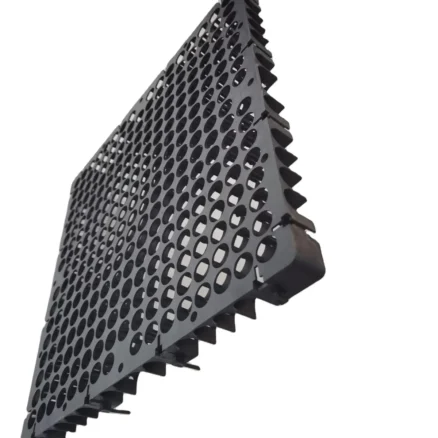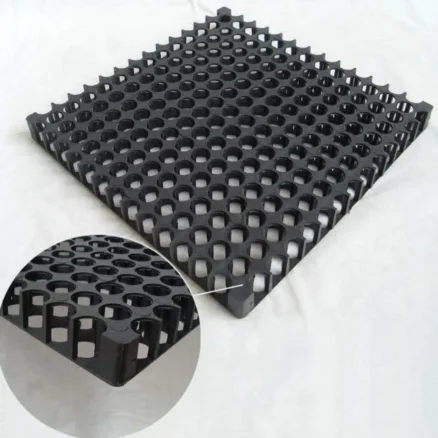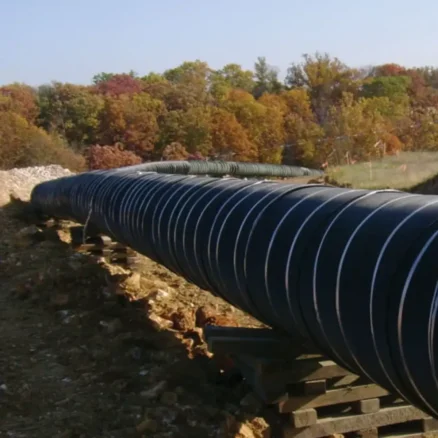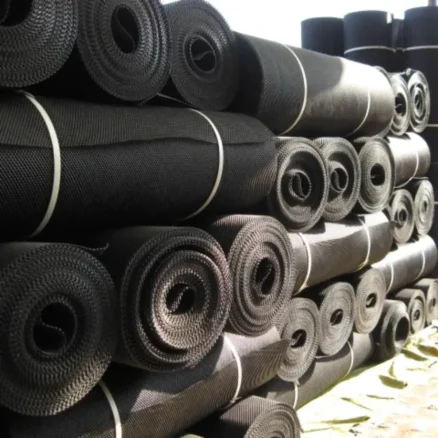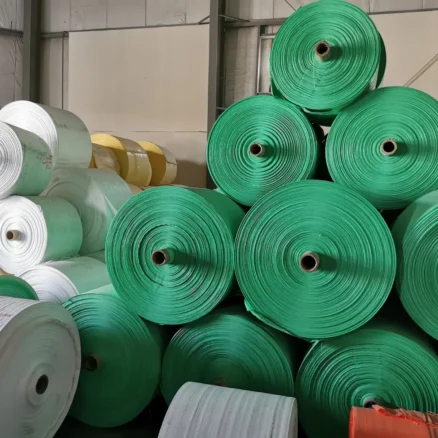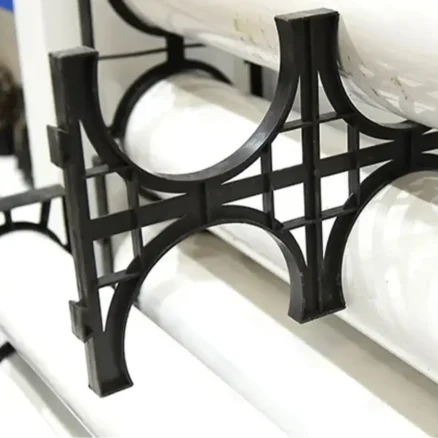PP Spunbond Nonwoven Fabric
Polypropylene spun-bond non woven fabric is a type of non woven material made from polypropylene (PP) fibres. It is produced using a process called spun-bond technology, which involves extruding molten polymer through fine nozzles to create continuous filaments that are then laid down in a random pattern onto a moving conveyor belt. The resulting web of fibres is then bonded together using heat, pressure, or chemicals, without the use of weaving or knitting.
Polypropylene spun-bond non woven fabric is made of 100% polypropylene fibre, which is extruded and spun to form a web of randomly-oriented, continuous filaments. The web is then subjected to a thermal bonding process to create a non woven fabric.
Polypropylene spun-bond non woven fabric is a kind of non woven fabric created from polypropylene (PP) yarns. It is created utilizing a procedure which is named the spun-bond procedure, which pertains to extruding molten polymer through fine nozzles to develop endless filaments that are then laid down in a random design onto a moving conveyor belt. The resulting web of yarns is then connected utilizing heat, pressure, or chemicals, without the usage of intertwining or knitting.
When you want to buy this type of bag then always want the best LS Trading is the best and famous player in this field. They also distribute their products outside India and in United States, United Kingdom, Australia, Canada and United Arab Emirates.
Polypropylene Spunbond non-woven fabric is typically made from polypropylene, a type of plastic that is not biodegradable. However, we do manufacturers use biodegradable materials, such as polylactic acid (PLA), to make PP spunbond non-woven fabric supplier.
In general, spunbond non-woven fabric made from polypropylene is not biodegradable and can take hundreds of years to break down in the environment. However, it is recyclable in some cases. On the other hand, PP spunbond nonwoven fabric made from biodegradable materials such as PLA can break down more quickly in the environment. However, it is important to note that biodegradable materials require specific conditions, such as high temperatures and microbial activity, to break down properly.
Features:
- High Strength: It has high tensile strength, tear strength and bursting strength, making it suitable for heavy-duty applications.
- Breathable: The fabric has excellent air permeability, making it breathable and comfortable to wear.
- Water-resistant: It has good water resistance, making it suitable for use in products that are exposed to moisture.
- Chemical-resistant: The fabric is resistant to a wide range of chemicals, making it suitable for use in harsh environments.
- Anti-static: It has anti-static properties, making it suitable for use in electronic and other industries where static electricity is a concern.
- Easy to clean: The fabric is easy to clean and maintain, which makes it suitable for use in products that require frequent washing.
Advantages:
- Lightweight: It is very lightweight, making it easy to handle and transport.
- Softness: This type of fabric is also very soft and comfortable to wear, making it ideal for use in clothing and bedding.
- Cost-effective: It is an affordable alternative to traditional woven fabrics, making it an attractive option for manufacturers looking to reduce costs while maintaining quality.
- Recyclable: The fabric is recyclable, making it an environmentally friendly option.
- Non-toxic: The fabric is non-toxic, making it safe for use in medical and other sensitive applications.
- Medical industry: PP spunbond nonwoven fabric is widely used in the medical industry for manufacturing surgical masks, disposable gowns, drapes, and medical packaging materials.
- Agriculture: It is used for crop protection, greenhouse covering, and soil erosion control. It provides excellent UV resistance and has high water permeability.
- Filtration: It is used in the manufacturing of air and liquid filters. It has excellent filtration properties and can trap fine particles.
- Automotive industry: It is used in the manufacturing of car upholstery, trunk liners, and interior trim.
- Construction industry: It is used for insulation, roofing, and soundproofing.
- Packaging industry: It is used for making reusable bags, packaging materials, and protective covers.
- Home textiles: It is used for making curtains, bed linens, and upholstery.
- Basis weight: This refers to the weight of the fabric per unit area, typically measured in grams per square meter (gsm). The basis weight of polypropylene spunbond nonwoven fabric can range from 10 gsm to over 150 gsm, depending on the application.
- Width: Polypropylene spunbond nonwoven fabric can be produced in various widths, ranging from a few centimeters to several meters wide, depending on the manufacturing process.
- Color: The fabric can be produced in a variety of colors, including white, black, and a range of other colors.
- Tensile strength: This refers to the ability of the fabric to withstand pulling forces. The tensile strength of polypropylene spunbond nonwoven fabric can range from 10 N/5 cm to over 200 N/5 cm, depending on the basis weight and manufacturing process.
- Elongation: This refers to the ability of the fabric to stretch before breaking. The elongation of polypropylene spunbond nonwoven fabric can range from 50% to over 300%, depending on the basis weight and manufacturing process.
- Melt flow rate (MFR): This refers to the rate at which molten polypropylene flows through a capillary under.
Related products
PP Flute Board
- Lightweight and easy to handle: Simplifies transportation and installation.
- High impact strength and durability: Ensures longevity and resistance to damage.
- Water and chemical resistance: Ideal for demanding environments.
- Recyclable and eco-friendly: Supports sustainable practices.
- Excellent printability: Perfect for high-quality signage and advertising.
- Thickness: Ranging from 2mm to 10mm to suit various requirements.
- Sizes: Fully customizable to meet specific project dimensions.
- Colors: A wide range of colors available upon request to match branding or aesthetic needs.
Silt Fence
- Makes a physical boundary around the site
- UV stable dark fence texture
- Logo printing accessible
- Keep mud off roads and neighboring property
- Straightforward plan and straightforward establishment
- Ensure streams
- Holds silt on the place of work
- Channels overflow before leaving the site
- Assists with forestalling disintegration
- Accessible with or without stakes
- Preassembled fence with presents joined on texture
- Marker line on texture shows anchor profundity
- Forestall exorbitant place of work materials from depleting off
- Keep streets and streams liberated from contamination
- Light to medium quality woven textures
- Steel backing is likewise accessible for improved execution
- Endorsed for DOT use in numerous states
- Shield residue from leaving building locales
Weed Mat
- Strong, durable and long lasting
- Prevents weeds growth in agriculture farms, nurseries, greenhouses, etc.
- UV resistance
- Boosts plant growth
- Water saving and reduces the use of herbicide
- Durable
- Air and water can pass easily
- Resistance against fungus and tears
- Prevents weed growth
- Strong tensile resistance
- Long term durability
- Prevents erosion
- Regulates temperature
- Soil stabilization
- Prevent grass growing in agricultural farm
- A cheap and appropriate way to prevent weed growth
- Environment friendly
- Non-toxic method to stop the growth of weed compared to chemical weed killer
Drainage Cell
- Highly durable
- Quick & easy to install
- Weather & chemical resistance
- Lightweight & easy to use
- Reliable performance
- Thermal regulation
- Water storage
- Resistance to puncture of plant roots
- Excellent drainage capacity
- Easily transportation
- Heat Insulation
- Water drainage
- High Compressive strength
- Waterproof polypropylene material
- Ventilation
- Cost effective
- Eco Friendly
- Helps water flow freely
- High flow rate
- Rapid & efficient drainage
- Versatile design can be fix horizontally or vertically
- Relieves hydrostatic pressure in the ground
- Strong structural design
- Long life expectancy
- Biologic resistant
- High Infiltration
- Preventing waterlogged ground
Rockshield Mesh
- Apertures allow water flow
- Wear Resistance
- Corrosion Resistance
- Impact Resistance
- Tear Strength
- Elongation
- Tensile Strength
- Chemically inert
- Restrict geologic movements from damaging pipeline
- Minimizes impact and penetration damage
- Absorbs impact of uneven rock backfill
- Flexible event at sub-zero temperature
- Protects pipe coating from rock backfill
- Reduces abrasion of coating from pipe movement underground
- Protects pipeline during excavations
- Not influence by utmost temperature or wet weather
- Cushions against concrete weights
- Cuts with a utility knife
- Ample weight, thickness and strength protects pipeline
- No mechanical damage during backfilling operations
- Resistance to destructive forces
- Cost-effective alternative to sand collar
- Lightweight, flexible and easy to handle
- Minimizes pipeline coating damage which can cause corrosion
- Easy to install
- Provides pipeline & coating protection at affordable rate
- Maintains effectiveness of cathodic protection
- It will not Rot
- Protects pipe during loading, unloading & transportation
PP Woven Fabric
- High Tensile Strength and Durability: PP woven fabric boasts exceptional tensile strength, making it remarkably durable. This inherent strength ensures that the fabric can withstand considerable stress and pressure without tearing or breaking, enhancing its longevity.
- Heat Resistance: PP woven fabric exhibits a notable resistance to heat, which makes it suitable for applications where exposure to high temperatures is a concern. This characteristic helps maintain the fabric's structural integrity even under challenging conditions.
- Low Elongation: The fabric's low elongation property signifies that it retains its shape and dimensions even when subjected to stretching forces. This feature is essential for maintaining the integrity of the items or materials it encases.
- Improved Stiffness and Rigidity: PP woven fabric offers improved stiffness and rigidity, imparting stability to the items it envelops. This characteristic is especially advantageous for packaging and protecting items that require shape preservation.
- Gravure Printing in Multiple Colors: With the capability to be gravure printed in up to six colors, PP woven fabric allows for vibrant and intricate designs. This quality enhances its aesthetic appeal and branding potential.
- UV Stabilization: The fabric is UV stabilized, which means it can withstand prolonged exposure to sunlight without deteriorating or losing its structural integrity. This makes it suitable for outdoor applications.
- Strong Wear Resistance: PP woven fabric exhibits strong wear resistance, ensuring that it can withstand abrasion and friction without succumbing to damage. This makes it an ideal choice for rugged applications.
- Moisture and Tear-Proof Nature: The fabric's moisture-resistant and tear-proof properties make it reliable for safeguarding items from moisture damage and physical harm, ensuring their protection during transportation and storage.
- Coated and Uncoated Options: PP woven fabric is available in both coated and uncoated variations, providing versatility to cater to specific requirements. Coating options can offer additional attributes such as water resistance or enhanced strength.
- Economical and Eco-Friendly: PP woven fabric is cost-effective to produce and purchase, making it an economical choice for various applications. Furthermore, its recyclable nature aligns with eco-friendly initiatives.
- Long Lasting: The fabric's durability and resistance to wear and tear contribute to its extended lifespan, ensuring that items packaged within it remain protected for extended periods.
- Flexible and Lightweight: Despite its robustness, PP woven fabric retains flexibility and lightweight properties. This combination of features simplifies handling, transportation, and wrapping tasks.
- Recyclable: PP woven fabric is recyclable, promoting sustainability and minimizing environmental impact by reducing waste generation.
- Easy to Carry: The fabric's lightweight nature, along with its flexible characteristics, makes it easy to carry, whether during packaging, transportation, or other applications.
- Versatile Applications: PP woven fabric is utilized for various purposes, including covering items, packaging goods, and wrapping materials, showcasing its adaptability.
HDPE Duct Spacer
- Material: HDPE Duct Spacer is made from high-density polyethylene (HDPE), which is known for its excellent strength, durability, and resistance to environmental factors like UV rays, chemicals, and moisture.
- Design: The spacer is designed to maintain a constant separation between multiple conduits or ducts, which reduces the risk of damage from external factors like soil movement, seismic activity, and traffic loads. It also prevents friction between the conduits, reducing the risk of damage caused by rubbing.
- Easy Installation: The spacer is designed for easy installation, with most models featuring snap-on or clip-on designs that allow them to be easily installed and removed without the need for specialized tools.
- Longevity: Duct Bank Spacer has a long service life and requires minimal maintenance, making it a cost-effective solution for conduit installations.
- Durability: It is made from a high-density polyethylene material, which is known for its strength and durability. This material is resistant to impact, abrasion, and weathering, making it ideal for use in harsh environments.
- Corrosion Resistance: HDPE Duct Spacer is highly resistant to corrosion, which makes it an ideal material for use in underground and overhead installations.
- Easy Installation: It is designed for easy installation, with most models featuring snap-on or clip-on designs that allow them to be easily installed and removed without the need for specialized tools.
- Versatility: HDPE Duct Spacer is available in a variety of shapes, sizes, and configurations to suit different conduit arrangements. Some designs allow for easy adjustment of spacing between the conduits, while others provide a more permanent solution.
- Cost-effective: It is a cost-effective solution for maintaining separation between multiple conduits and ducts, protecting them from damage, and ensuring the longevity and reliability of conduit systems.
- Environmentally friendly: HDPE Duct Spacer is an environmentally friendly material, as it is made from a non-toxic and recyclable material.
HDPE Duct Coupler
Using a PE (polyethylene) duct coupler supplier is a relatively simple process that can be done with a few basic tools. Here are the steps to follow:
- First, ensure that the ends of the ducting or pipe that you want to connect with the coupler are clean and free of debris or rough edges.
- Slide the PE duct coupler over one end of the ducting or pipe until it reaches the center of the coupler. Make sure that the coupler is aligned properly with the end of the ducting or pipe.
- Repeat step 2 with the other end of the ducting or pipe, sliding it into the other side of the duct coupler price until it reaches the center.
- Use a wrench or pliers to tighten the coupler's grip on both ends of the ducting or pipe. This will ensure a tight and secure connection.
- If necessary, use a sealant or adhesive to create an airtight or watertight seal between the ducting or pipe and the coupler.
- Finally, test the connection to ensure that it is secure and leak-free.
- High Strength: HDPE duct couplers are made from high-density polyethylene, which is a strong and durable material. This means that they are able to withstand heavy loads and pressures, making them ideal for use in underground applications.
- Chemical Resistance: HDPE is highly resistant to a wide range of chemicals, including acids, alkalis, and solvents. This makes it ideal for use in industries where exposure to harsh chemicals is common.
- UV Resistance: HDPE duct couplers are also highly resistant to UV radiation, which can cause other materials to degrade and break down over time. This makes HDPE an ideal choice for outdoor applications where exposure to sunlight is a concern.
- Corrosion Resistance: Unlike metal couplers, HDPE duct couplers are highly resistant to corrosion. This makes them ideal for use in underground applications where moisture and soil can cause metal components to rust and deteriorate over time.
- Flexibility: HDPE is a flexible material, which means that it can bend and flex without breaking. This makes HDPE duct couplers ideal for use in applications where flexibility is a concern, such as in telecommunications and electrical conduits.
- Easy Installation: HDPE duct couplers are easy to install and require no special tools or equipment. They can be installed quickly and easily by one person, which can save time and money on installation costs.
- Leak-Free: HDPE duct couplers are designed to create a tight, leak-free seal between two or more sections of ductwork. This helps to prevent leaks and other issues that can cause damage to underground utilities and infrastructure.
- Wide Range of Sizes: HDPE duct couplers are available in a wide range of sizes, from small diameters of 20mm up to large diameters of 630mm or more. This makes them suitable for use in a variety of applications, from residential and commercial plumbing to large-scale industrial piping systems.
- Durability: HDPE duct couplers are made from high-density polyethylene, which is a durable and long-lasting material. This means that they are able to withstand heavy loads and pressures, making them ideal for use in underground applications.
- High Strength: HDPE duct couplers are made from high-density polyethylene, which is a strong and durable material. This means that they are able to withstand heavy loads and pressures, making them ideal for use in underground applications.
- Easy Installation: HDPE duct couplers are easy to install and require no special tools or equipment. They can be installed quickly and easily by one person, which can save time and money on installation costs.
- Low Maintenance: HDPE duct couplers require very little maintenance and are designed to last for many years without the need for replacement or repairs. This can help to reduce maintenance costs and downtime for businesses and organizations.

